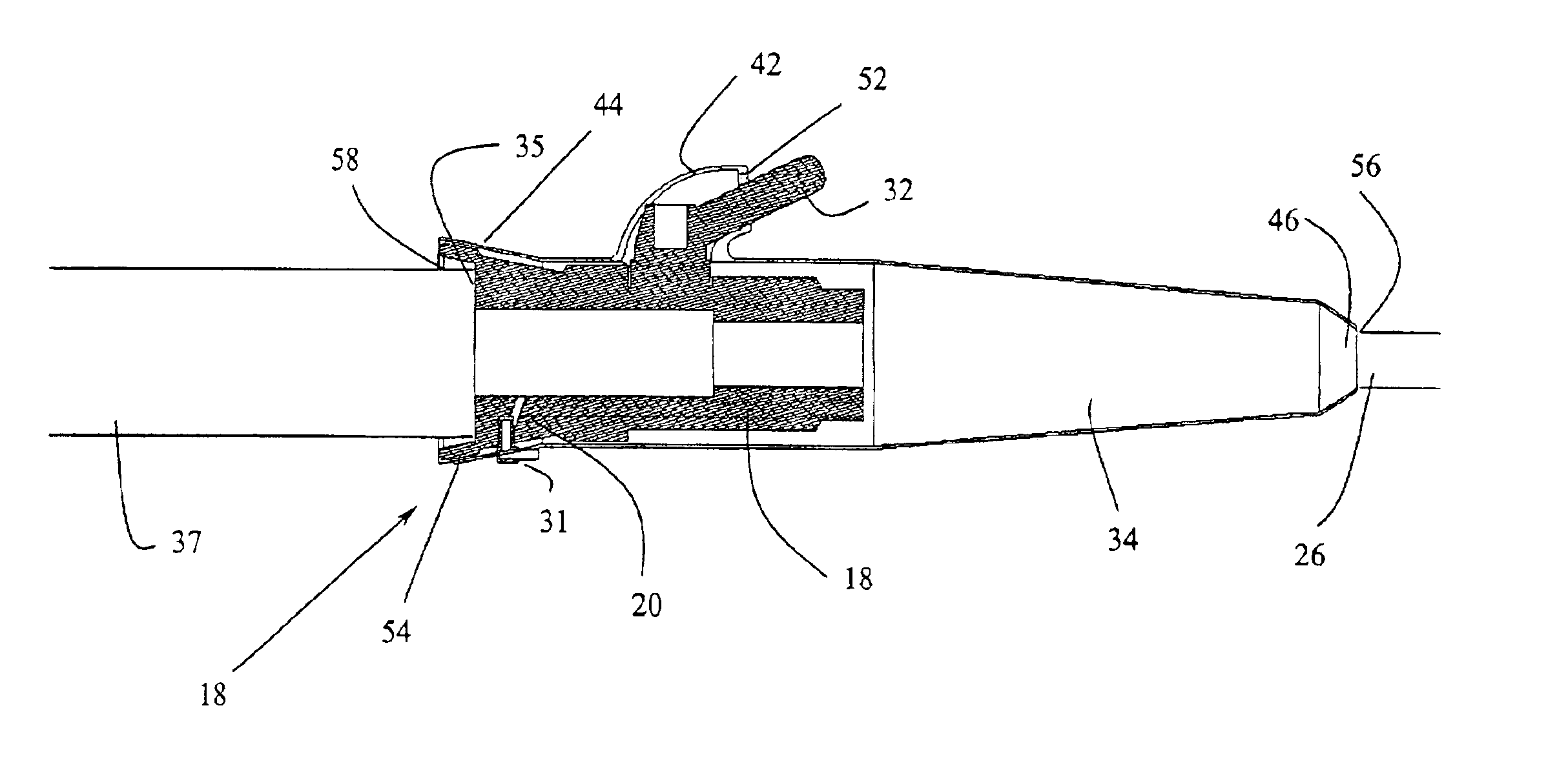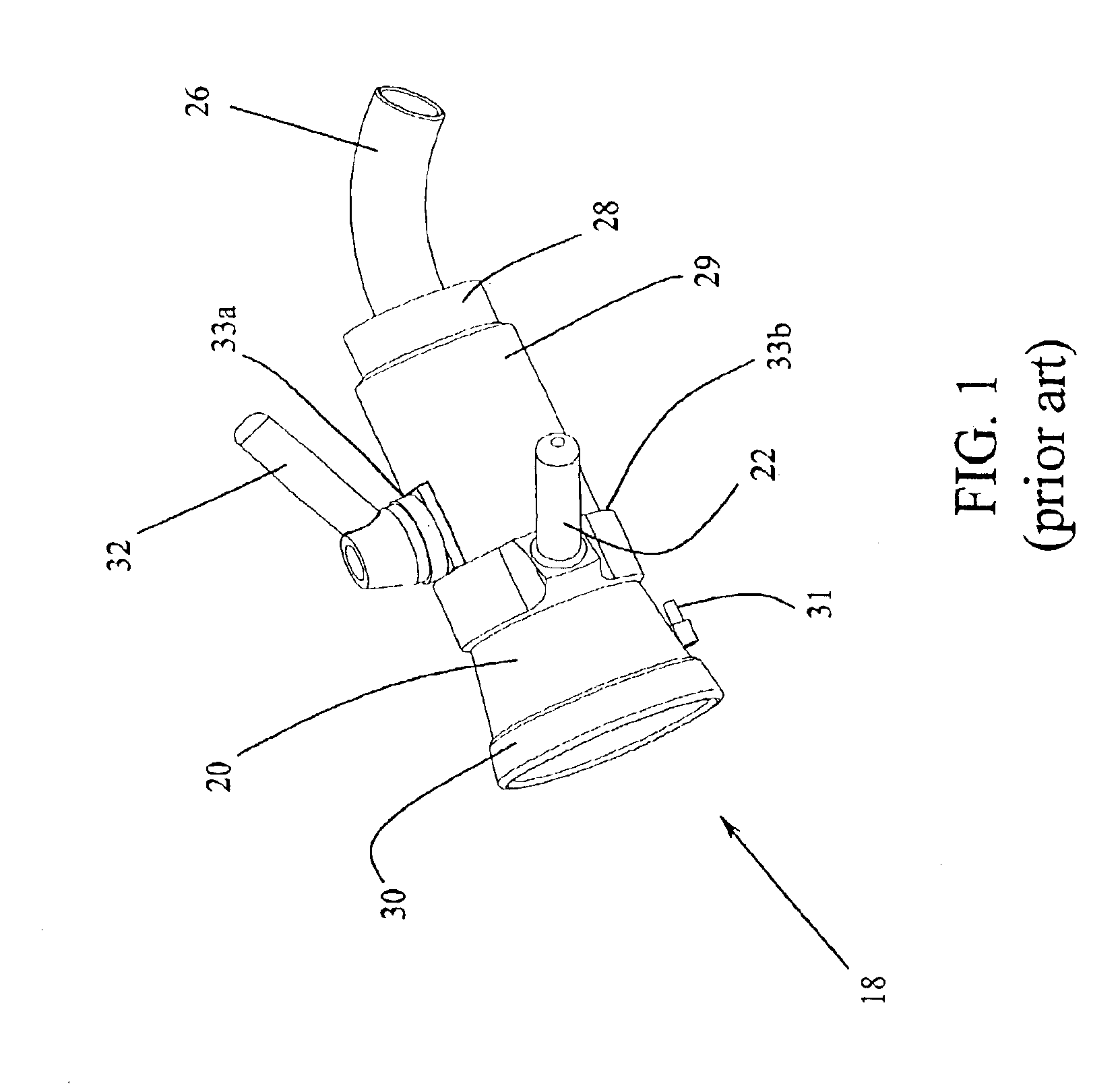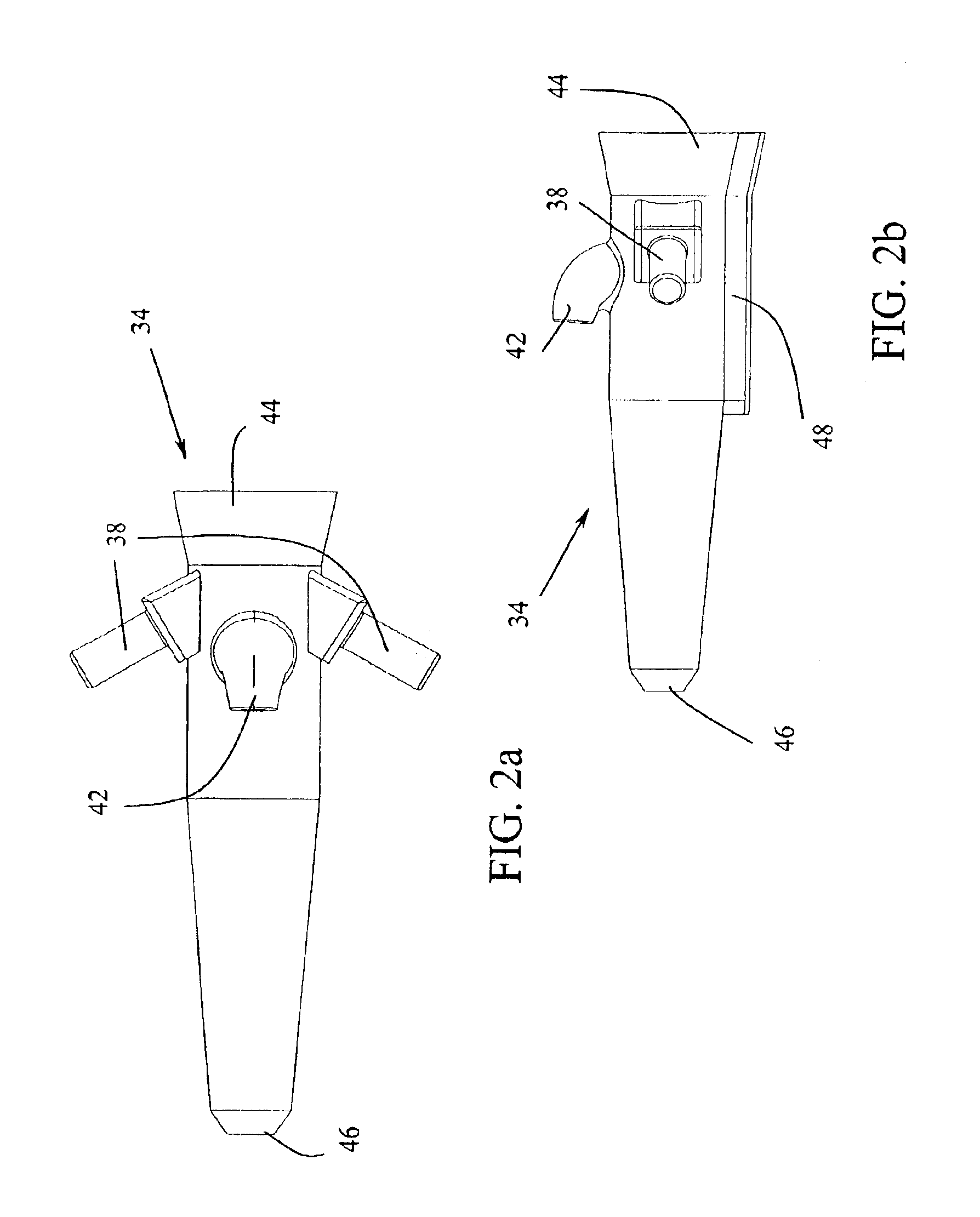Method for transferring cryogenic liquids and associated cryogenic fill nozzle insulating boot
a technology of insulating boot and liquid, which is applied in the direction of gas/liquid distribution and storage, lighting and heating apparatus, applications, etc., can solve the problems of moisture escaping from the ambient environment, moisture frothing on the surface of containment material, and affecting the operation of the containment material, so as to reduce the downtime or repair and maintenance time, reduce the cost and the effect of downtim
- Summary
- Abstract
- Description
- Claims
- Application Information
AI Technical Summary
Benefits of technology
Problems solved by technology
Method used
Image
Examples
Embodiment Construction
)
[0042]In the present method, a removable boot is adapted to a cryogenic nozzle used to transfer a quantity of LNG between holding tanks. The nozzle is then removably fitted to a receiving line connected to the tank to be filled. The nozzle is then purged of moisture within any moving parts of the nozzle as well as the abutting interface between the nozzle and the receiving line. This is done, generally, where a flow of a dry gas such as nitrogen is sent through an access line in the nozzle that leads to the interface and moving parts. The nitrogen then flows out of the nozzle into the layer between the nozzle and the boot. As the boot provides a restrictive seal around the nozzle, it will allow a small quantity of nitrogen, under pressure, to escape carrying any moisture out of the nozzle, from the abutting interface and from the layer. If dry gas flow is maintained, moisture will be restricted from entering into the layer. Once moisture is purged from the nozzle and abutting inter...
PUM
 Login to View More
Login to View More Abstract
Description
Claims
Application Information
 Login to View More
Login to View More - R&D
- Intellectual Property
- Life Sciences
- Materials
- Tech Scout
- Unparalleled Data Quality
- Higher Quality Content
- 60% Fewer Hallucinations
Browse by: Latest US Patents, China's latest patents, Technical Efficacy Thesaurus, Application Domain, Technology Topic, Popular Technical Reports.
© 2025 PatSnap. All rights reserved.Legal|Privacy policy|Modern Slavery Act Transparency Statement|Sitemap|About US| Contact US: help@patsnap.com



